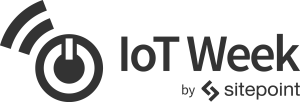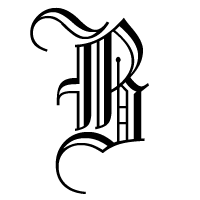 The Blackletter typeface (also sometimes referred to as Gothic, Fraktur or Old English) was used in the Guthenburg Bible, one of the first books printed in Europe. This style of typeface is recognizable by its dramatic thin and thick strokes, and in some fonts, the elaborate swirls on the serifs. Blackletter typefaces are based on early manuscript lettering.
They evolved in Western Europe from the mid twelfth century. Over time a wide variety of different blackletters appeared, but four major families can be identified: Textura, Rotunda, Schwabacher and Fraktur. It’s beyond the scope of this article to go into each one, but if you look at the letter “o” in the chart below you will see the difference.
The Blackletter typeface (also sometimes referred to as Gothic, Fraktur or Old English) was used in the Guthenburg Bible, one of the first books printed in Europe. This style of typeface is recognizable by its dramatic thin and thick strokes, and in some fonts, the elaborate swirls on the serifs. Blackletter typefaces are based on early manuscript lettering.
They evolved in Western Europe from the mid twelfth century. Over time a wide variety of different blackletters appeared, but four major families can be identified: Textura, Rotunda, Schwabacher and Fraktur. It’s beyond the scope of this article to go into each one, but if you look at the letter “o” in the chart below you will see the difference.
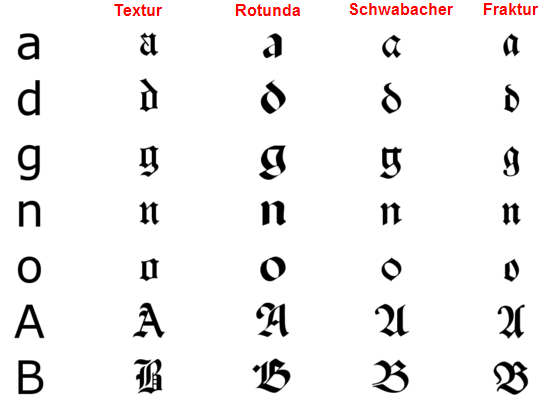 Image Credit: Wikipedia (with small change by the author)
Image Credit: Wikipedia (with small change by the author)
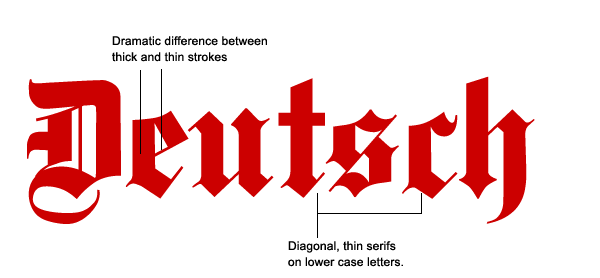 While Gutenberg used blackletters for his bible and books, this signaled a new era in typefaces used for printing. Blackletters are difficult to read as body text and Roman and Italic faces were easier to print with movable type. For these reasons, in the 1500’s, blackletter became less popular for printing in many countries except Germany and the German speaking countries.
While Gutenberg used blackletters for his bible and books, this signaled a new era in typefaces used for printing. Blackletters are difficult to read as body text and Roman and Italic faces were easier to print with movable type. For these reasons, in the 1500’s, blackletter became less popular for printing in many countries except Germany and the German speaking countries.
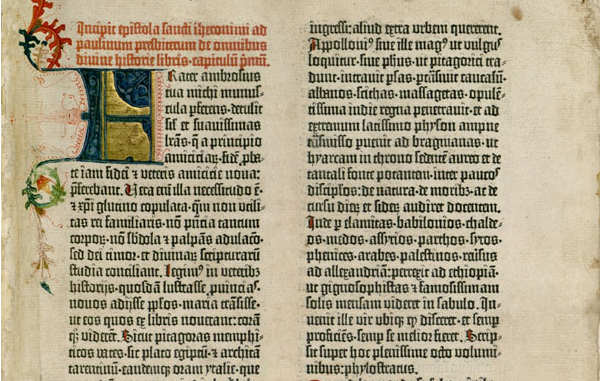 Gutenberg Bible Image Source: Wikipedia
Germany continued to use Blackletters until the early twentieth century. In the 1920’s it was considered to be antiquated by German designers and publishers and fell out of favor and was replaced by the “New Typography” of sans serif typefaces. In 1933 Hitler declared the new typography to be un-German and declared Fraktur to be “Volk”, i.e. the people’s font. The Nazis continued to use Fraktur extensively until 1941 when it was replace with more readable fonts. Some people associate all blackletters as Nazi fonts but this is clearly an uneducated view and wipes out several hundred years of the typefaces’ history. Check out the Eye Magazine article on the meaning of type for more on this topic.
Blackletter In Action
As already mentioned, these typefaces are not easy to read in body text so they are best used for headings, logos, posters and signs. If you’ve received a certificate, diploma or degree there is a strong chance some or all of the text was set in Blackletter. Other familiar sightings include newspaper nameplates where it may be considered the font lends gravitas to the publication.
Gutenberg Bible Image Source: Wikipedia
Germany continued to use Blackletters until the early twentieth century. In the 1920’s it was considered to be antiquated by German designers and publishers and fell out of favor and was replaced by the “New Typography” of sans serif typefaces. In 1933 Hitler declared the new typography to be un-German and declared Fraktur to be “Volk”, i.e. the people’s font. The Nazis continued to use Fraktur extensively until 1941 when it was replace with more readable fonts. Some people associate all blackletters as Nazi fonts but this is clearly an uneducated view and wipes out several hundred years of the typefaces’ history. Check out the Eye Magazine article on the meaning of type for more on this topic.
Blackletter In Action
As already mentioned, these typefaces are not easy to read in body text so they are best used for headings, logos, posters and signs. If you’ve received a certificate, diploma or degree there is a strong chance some or all of the text was set in Blackletter. Other familiar sightings include newspaper nameplates where it may be considered the font lends gravitas to the publication.
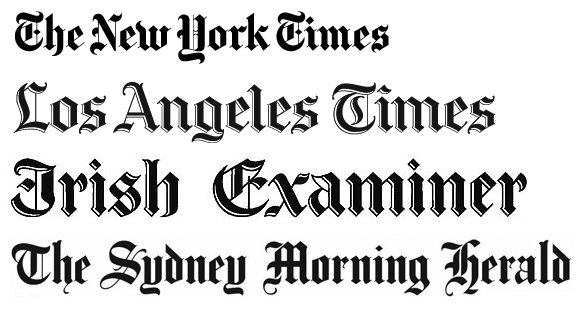 Blackletters have more recently become associated with beer labels, heavy metal bands, gangsta’ rap and oh, Disneyland.
Blackletters have more recently become associated with beer labels, heavy metal bands, gangsta’ rap and oh, Disneyland.
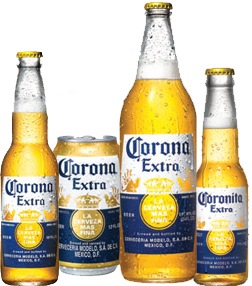 Corona Beer Labels
Corona Beer Labels
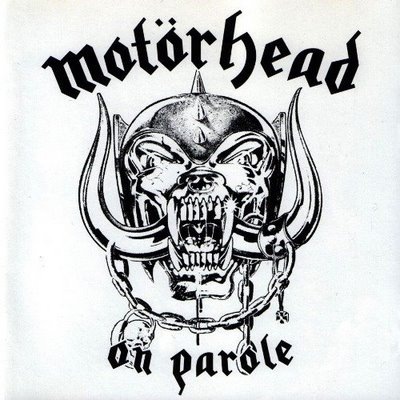 Motorhead Album Cover
Motorhead Album Cover
 Snoop Dogg Album Cover
Snoop Dogg Album Cover
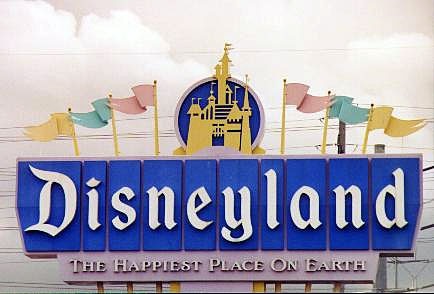 The Disneyland Sign
Free Fonts
If you’d like to lend a medieval look to your design, there are now a huge number of free blackletter fonts available to download.
Cloister Black
The Disneyland Sign
Free Fonts
If you’d like to lend a medieval look to your design, there are now a huge number of free blackletter fonts available to download.
Cloister Black
 Deutsche Zierschrift
Deutsche Zierschrift
 Germanica
Germanica
 External Resources
I love typography has a nice article about Moyenage, a blackletter typeface for a modern age.
Creative Pro discusses Amador, a new blackletter font.
Typeoff have an excellent Blackletter resource page.
Related Articles:
External Resources
I love typography has a nice article about Moyenage, a blackletter typeface for a modern age.
Creative Pro discusses Amador, a new blackletter font.
Typeoff have an excellent Blackletter resource page.
Related Articles:
- The Sans Serif Typeface
- The Script Typeface
- The Old Style Typeface
- The Modern Typeface
- The Big, Bold Beautiful Slab Serif
- The Decorative Typeface
Frequently Asked Questions about Blackletter Typeface
What is the origin of the Blackletter Typeface?
The Blackletter Typeface, also known as Gothic script, originated in Western Europe during the Middle Ages, around the 12th century. It was widely used in the Roman Empire and became the dominant form of writing in Germany, where it was used until the 20th century. The script is characterized by its dense and angular design, which was influenced by the Gothic architecture of the time.
How did the Blackletter Typeface evolve over time?
Over the centuries, the Blackletter Typeface evolved into different styles, including Textura, Rotunda, Schwabacher, and Fraktur. Each style has its unique characteristics but maintains the dense and angular design of the original Blackletter script. The evolution of the script was influenced by cultural, political, and technological changes in society.
What is the significance of the Blackletter Typeface in history?
The Blackletter Typeface played a significant role in the history of written communication. It was the first script to be used for printing, which revolutionized the dissemination of information and knowledge in society. The script was also associated with German nationalism and was used in Nazi propaganda, which led to its decline in popularity after World War II.
How is the Blackletter Typeface used today?
Today, the Blackletter Typeface is used primarily for decorative purposes. It is often seen in logos, album covers, posters, and other graphic designs that aim to evoke a sense of tradition, elegance, or rebellion. The script is also used in calligraphy and typography for its artistic and aesthetic appeal.
What are the characteristics of the Blackletter Typeface?
The Blackletter Typeface is characterized by its dense and angular design. The letters are typically narrow and tall, with sharp angles and complex strokes. The script also features a high degree of contrast between thick and thin lines, which gives it a dramatic and distinctive appearance.
How can I learn to write in the Blackletter Typeface?
Learning to write in the Blackletter Typeface requires practice and patience. You can start by studying the different styles of the script and understanding their unique characteristics. Then, you can practice writing the letters using a calligraphy pen or a similar tool. There are also many online tutorials and courses that can guide you through the process.
What tools do I need to write in the Blackletter Typeface?
To write in the Blackletter Typeface, you will need a calligraphy pen or a similar tool that allows you to create thick and thin lines. You will also need high-quality paper that can withstand the pressure of the pen. Other useful tools include a ruler, a pencil, and an eraser for sketching and correcting mistakes.
Can I use the Blackletter Typeface in digital design?
Yes, you can use the Blackletter Typeface in digital design. There are many digital fonts available that replicate the look and feel of the script. These fonts can be used in graphic design software to create logos, posters, and other designs that require a Gothic or medieval aesthetic.
What are some famous examples of the Blackletter Typeface?
Some famous examples of the Blackletter Typeface include the Gutenberg Bible, which was the first book to be printed using movable type, and the New York Times logo, which features a modern interpretation of the script. The script is also seen in the logos of many heavy metal bands, such as Metallica and Iron Maiden.
Why is the Blackletter Typeface controversial?
The Blackletter Typeface is controversial because of its association with German nationalism and Nazi propaganda. After World War II, the script was largely abandoned in Germany and other countries due to its negative connotations. However, it has since been reclaimed by artists and designers who appreciate its historical significance and aesthetic appeal.
Jennifer Farley is a designer, illustrator and design instructor based in Ireland. She writes about design and illustration on her blog at Laughing Lion Design.


